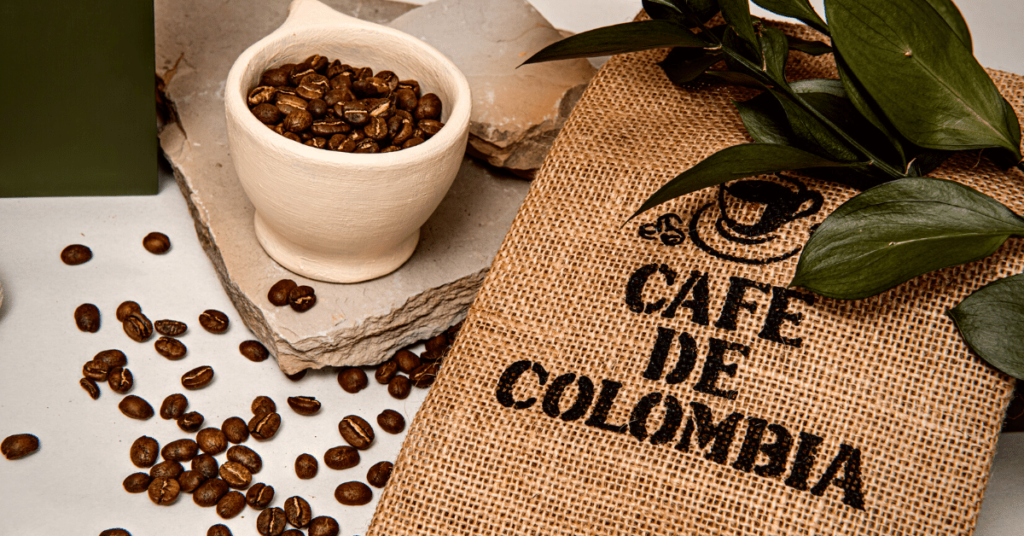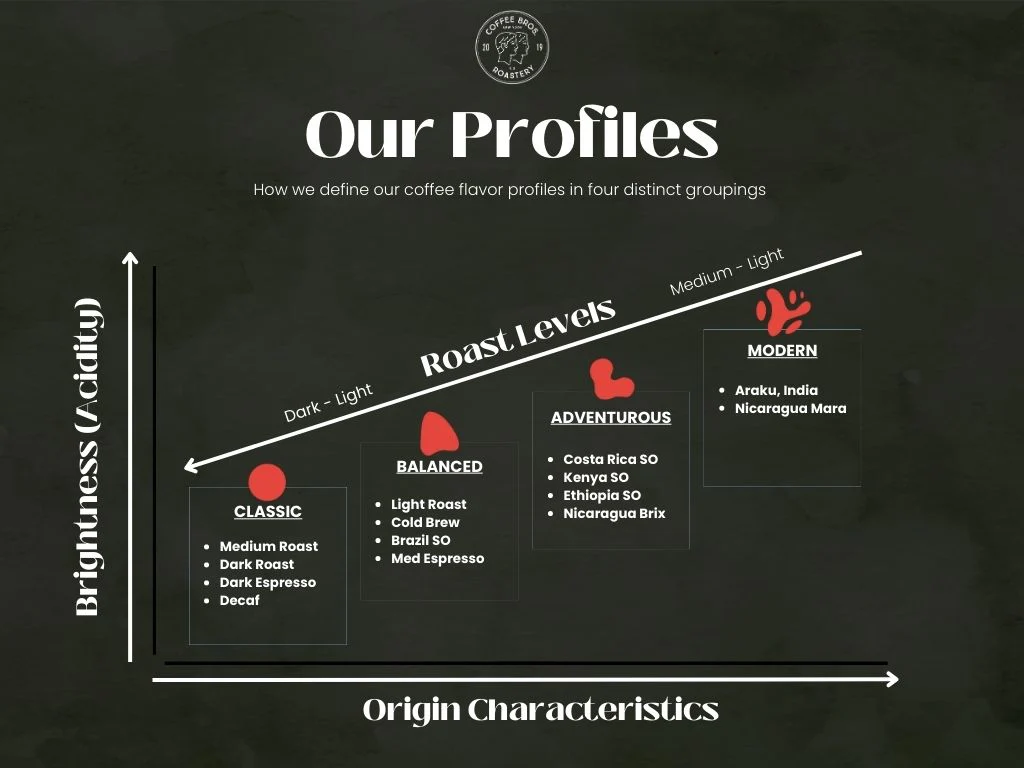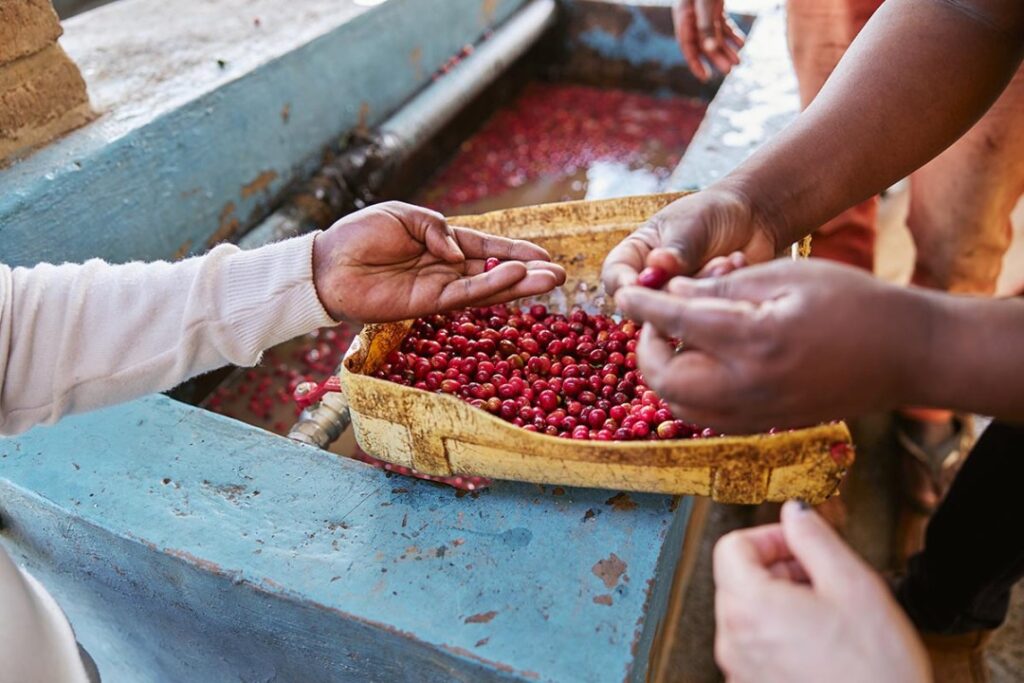Not all coffees can handle the spotlight. Many need to be blended and balanced out with other origins to produce a decent espresso shot. But Colombian coffee? It was born for solo performance. With its complex acidity, natural sweetness, and diverse regional flavor profiles, Colombian beans are some of the best in the world for single-origin espresso.

In this post, we’re breaking down why Colombian Single-Origin Espresso is a top pick for coffee lovers who crave consistency and character. Known for its smooth body, clean finish, and notes of citrus or chocolate (depending on the region), Colombian beans offer a beautifully balanced espresso experience that’s both accessible and satisfying, no fancy palate required.
What Is Single-Origin Espresso?
Definition and Purpose
Single-origin means the coffee comes from one country, one region, or even one farm. Unlike blends, where beans from multiple regions are combined, single-origin espresso showcases the unique characteristics of a particular terroir.

What It Demands from the Bean

To work as a solo act in espresso form, a coffee needs to:
• Have balanced acidity
• Offer layered sweetness
• Stand up to pressure without turning bitter or sour
• Maintain aromatic complexity
Colombian coffee checks all these boxes—and then some.
Why Colombian Coffee Excels as Single-Origin Espresso
Incredible Regional Diversity
Colombia isn’t a one-flavor-fits-all country. From Huila’s floral brightness to Antioquia’s chocolate depth, every region brings something unique to the table.
• Nariño: Red fruit, citrus, sparkling acidity
• Tolima: Honey, toffee, rounded mouthfeel
• Huila: Caramel, cherry, clean finish
• Antioquia: Cocoa, hazelnut, low acidity
This variety makes it easy to find a Colombian single-origin that suits your espresso preferences—whether you’re chasing brightness or body.

Altitude and Microclimates
Colombian coffee is grown between 1,200 and 2,200 meters above sea level, often in microclimates that yield:
• Slower cherry development
• Higher sugar content
• Denser beans with concentrated flavor
That density = better pressure performance for espresso. Each shot pulls out more oils, more sugars, more everything.
How Processing Methods Enhance Its Solo Potential
Experimental Processing Adds Depth
More producers are using anaerobic, natural, and honey processes, which add:
• Funkier fruit notes (e.g., tropical, berry, winey)
• Syrupy mouthfeel
• Unique profiles that pop in espresso

These methods push Colombian beans into signature single-origin territory, where origin and process shine together.
Espresso Flavor Profiles to Expect
Common Flavor Elements
Colombian single-origin espresso typically delivers:
• Sweetness: Brown sugar, panela, toffee
• Acidity: Orange peel, apple, lime
• Body: Silky to syrupy, depending on roast and region
• Finish: Clean and lingering, with no harsh aftertaste

Whether you like your espresso bright or bold, Colombia has a region and roast for you.
Roasting for Single-Origin Clarity
Medium Is the Magic Zone
Roasters often aim for medium or light-medium roasts to:
• Preserve acidity
• Retain terroir-specific notes
• Avoid muting the bean’s natural sweetness
Colombian beans roast beautifully for espresso—complex enough to stand alone without tasting thin or underdeveloped.
Roasting Examples

• Light-medium from Nariño: Great for juicy, fruit-forward shots
• Medium-dark from Antioquia: Smooth, nutty, milk-friendly espresso
• Anaerobic Huila: Punchy tropical flavors with a thick crema
Brewing Colombian Single-Origin Espresso

Ideal Brew Parameters
• Dose: 18–19g
• Yield: 36–42g
• Temp: 93–94°C
• Time: 28–30 seconds
• Ratio: Start with 1:2 and experiment with 1:2.5 for more clarity
How It Performs in Milk
Even though it’s single-origin, Colombian espresso plays well in:
• Flat whites
• Cortados
• Lattes—especially those with light roast cocoa or toffee notes
Bonus: many Colombian coffees don’t need milk or sugar—they’re naturally balanced and flavorful enough to drink straight.
Final Thoughts – Colombia: The Soloist of the Espresso World
If espresso were music, most beans are part of an orchestra. Colombian coffee? It’s the soloist. It’s expressive, technically sound, full of personality, and bold enough to stand alone. Whether you’re a home barista or a specialty café, single-origin Colombian espresso offers clarity, complexity, and consistency—all without the need for a supporting cast.
Written by Jose Luis Surjan
Espresso soloist. Colombian coffee enthusiast. Founder of Espresso and Machines.
Disclosure: Our blog contains affiliate links to products. We may receive a commission for purchases made through these links. However, this does not impact our reviews and comparisons. We try our best to keep things fair and balanced, in order to help you make the best choice for you.






